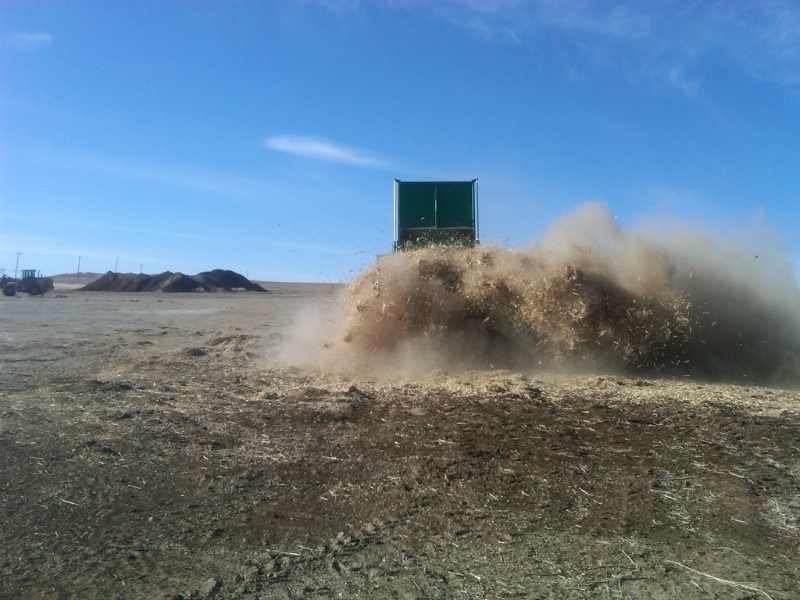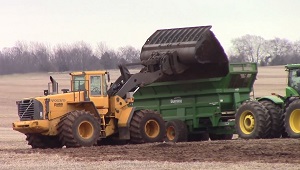When recycled gypsum is blended into a compost windrow or mixed in a manure pile before or after spreading, the sulfate salt naturally attaches to the ammonia molecules, forming ammonium sulfate – effectively trapping it in another stable form and preventing ammonia volatilization.
Test results have proven a reduction of ammonia loss can be achieved with the presence of recycled gypsum or sulfate. Compared to other products recycled gypsum has more sulfate available so it can trap more ammonium over superphosphate and triple superphosphate. The more product blended in the mix, the more ammonia was trapped.
Some chicken manure results show that recycled gypsum can absorb moisture from chicken manure, thereby increasing matric and osmotic stress, which led to a 38% – 71 % decrease in urea-degrading bacteria (UDB). In the chicken broiler-rearing houses, ammonia (NH3) volatilization from broiler litter can impair bird health during the rearing process, decrease the fertiliser value of final chicken litter, and is bad for the environment. As urea was hydrolyzed in recycled gypsum-amended manure blends, additional CaCO3 present in the products can precipitate and buffer against large increases in pH that accompany urea hydrolysis.



